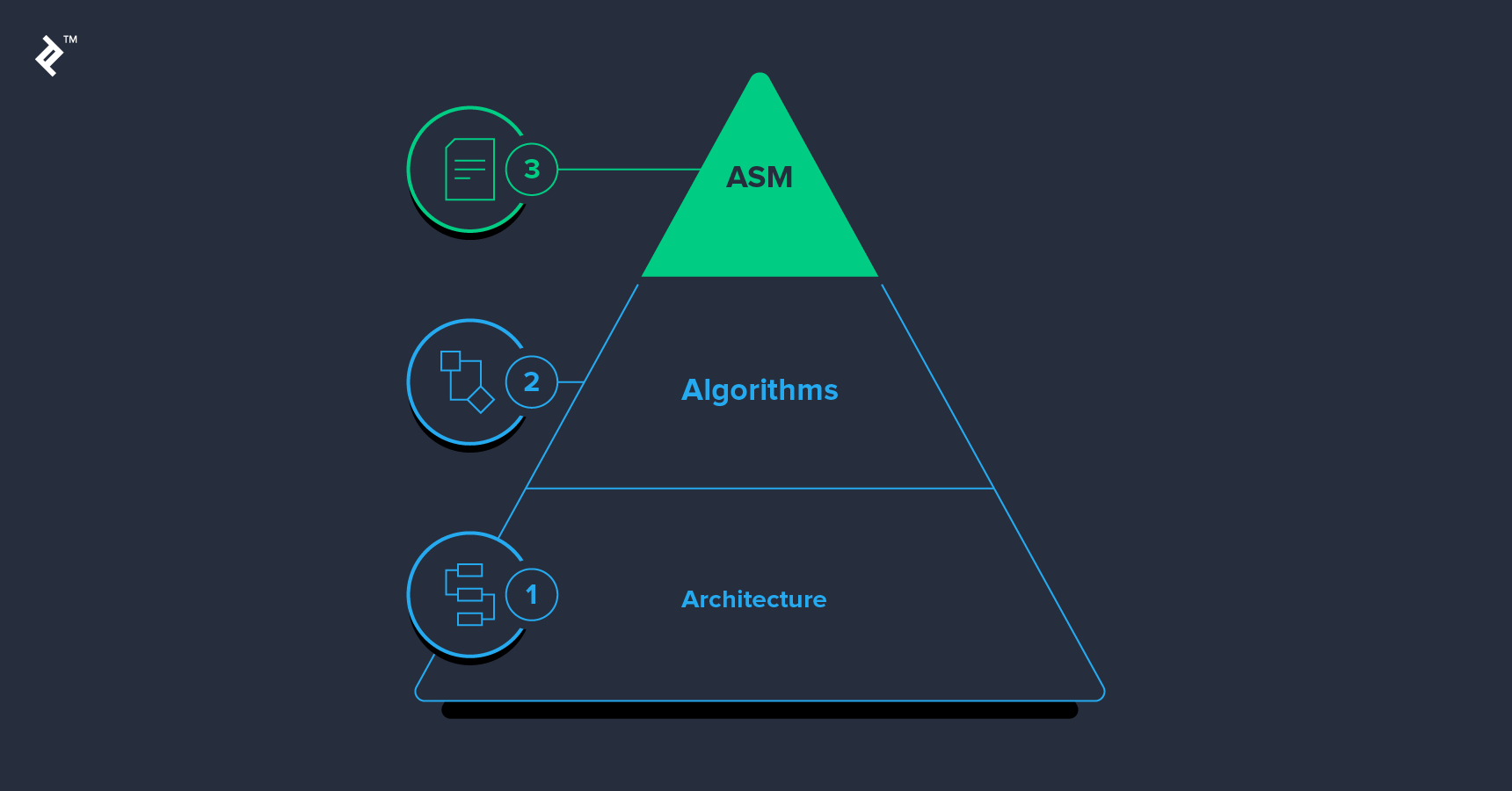Optimizing Performance: Techniques for Faster Code

In the world of software development, optimizing code for improved performance is crucial for delivering exceptional user experiences and achieving business objectives. Performance optimization encompasses a range of techniques aimed at enhancing the efficiency, responsiveness, and scalability of code.

Key Performance Metrics

Before embarking on optimization efforts, it’s important to identify the key performance metrics that need to be addressed. Common metrics include:
- Execution time: the time it takes for the code to complete a task
- Memory consumption: the amount of memory required by the code
- Throughput: the number of requests or tasks that can be processed per unit of time
Code Profiling
Code profiling is a fundamental technique for identifying bottlenecks and understanding where the code spends most of its time. Profiling tools provide detailed information about the execution behavior of the code, including function call frequencies, memory allocations, and time spent in each block.
Data Structure Selection
Choosing the appropriate data structures is critical for optimizing performance. The time complexity and memory usage associated with various data structures, such as arrays, linked lists, and hash tables, should be carefully considered to match the specific requirements of the code.
Algorithm Optimization
Algorithms play a significant role in code performance. Identifying and implementing more efficient algorithms can dramatically improve execution times. Common optimization techniques include:
- Time complexity analysis: Understanding the worst-case and average-case time complexity of algorithms can guide the selection of the most efficient approach.
- Divide-and-conquer: Breaking down a problem into smaller subproblems can significantly reduce the complexity.
- Memoization: Storing the results of previous computations to avoid recalculating them can save a substantial amount of time.
Memory Management
Efficient memory management is essential for minimizing memory consumption and avoiding unnecessary garbage collection overhead. Techniques such as using memory pools, avoiding unnecessary allocations, and releasing memory promptly can significantly improve performance.
Concurrency and Parallelism
Leveraging concurrency and parallelism can enhance the throughput of code by allowing multiple tasks to be executed simultaneously. Techniques such as multithreading and asynchronous programming can be employed to exploit available hardware resources and improve responsiveness.
Other Optimization Considerations
In addition to the techniques mentioned above, several other factors can contribute to performance optimization:
- Code readability and maintainability: Well-written code is easier to optimize and maintain, reducing long-term costs.
- Code reviews: Regular code reviews by experienced developers can identify optimization opportunities and improve code quality.
- Benchmarking: Running performance tests against different versions of the code can provide valuable insights and justify optimization efforts.
By applying these techniques and continuously refining the code, developers can achieve significant performance improvements, leading to improved user satisfaction, increased productivity, and reduced infrastructure costs.## Optimizing Performance: Techniques For Faster Code
Executive Summary
Performance optimization is crucial for enhancing user experience, increasing conversions, and improving website rankings. This article presents effective techniques to optimize website performance, reducing page load times and enhancing overall responsiveness.
Introduction
In the fast-paced digital landscape, it’s essential to have a website that loads quickly and seamlessly. Optimizing code performance is key to achieving this goal. Here are five key techniques for faster code:
1. Minify and Compress Code
Minification removes unnecessary characters, such as spaces and comments, from code. Compression algorithms, like GZIP, further reduce file sizes by encoding them.
- Benefits:
- Reduces bandwidth usage
- Improves page load speeds
- Enhances server performance
2. Optimize Images
Images can significantly impact website performance. Implement the following techniques:
- Use appropriate formats: Choose optimized formats like JPEG for photos and PNG for graphics.
- Resize images: Reduce the dimensions of images to the minimum size required.
- Use lazy loading: Load images only when they come into view.
3. Leverage Browser Caching
Caching stores frequently accessed resources on the user’s browser, reducing future requests to the server.
- Set cache headers: Instruct the browser to cache specific resources for a defined period.
- Use a CDN: A content delivery network speeds up delivery by caching content on servers located closer to users.
- Optimize browser settings: Configure browser settings to allow maximum caching.
4. Reduce Number of HTTP Requests
Excessive HTTP requests can slow down websites. Minimize requests by:
- Combining resources: Combine multiple CSS or JavaScript files into single files.
- Minifying and inlining critical CSS: Inline critical CSS directly into the HTML to avoid extra HTTP requests.
- Using asynchronous loading: Load non-critical resources asynchronously so they don’t block page rendering.
5. Enable GZIP Compression
GZIP compression reduces the size of HTTP responses by compressing them before they are sent to the client.
- Enable compression: Configure the server to enable GZIP compression for supported files.
- Test compression ratio: Use tools to analyze the compression ratio and identify opportunities for improvement.
- Exclude certain file types: Excluding images or videos from compression can improve performance.
Conclusion
Optimizing code performance is a crucial aspect of web development. Using the techniques outlined in this article, you can significantly improve page load speeds, enhance user experience, boost conversion rates, and gain an edge over the competition. Remember to regularly monitor and refine your optimization strategies to maintain optimal performance.
Keyword Tags
- Performance Optimization
- Code Minification
- Image Optimization
- Browser Caching
- HTTP Requests
FAQs
1. What is the most impactful technique for optimizing code performance?
Minifying and compressing code.
2. Should I compress all images on my website?
Yes, but consider excluding large images or videos.
3. How often should I check my code optimization?
Regularly, as new technologies and best practices emerge.
4. Can I optimize code performance without a developer?
Yes, using tools like website performance analyzers.
5. What if I don’t notice a significant improvement after optimizing my code?
Analyze the results, troubleshoot any issues, and consider other performance bottlenecks.

OMG this is awesome! I’m going to try these techniques out right now.
This article is a waste of time. It doesn’t provide any new information that I didn’t already know.
Actually, there are a few inaccuracies in this article. For example, quicksort is not always faster than bubble sort.
I disagree with the author’s claim that caching is always beneficial. In some cases, caching can actually slow down your code.
Wow, this article is really groundbreaking. I never would have thought to use efficient algorithms before.
I’m not sure I understand this article. Can someone explain it to me in simpler terms?
I’m not sure what this article is talking about. Can someone help me out?
This article is great! I’m going to use these techniques to make my code run faster.
This article is terrible. It’s full of errors and it doesn’t make any sense.
This article is a good starting point for learning about code optimization. However, there are some more advanced techniques that the author didn’t mention.
I disagree with the author’s claim that arrays are always faster than linked lists. In some cases, linked lists can be faster.